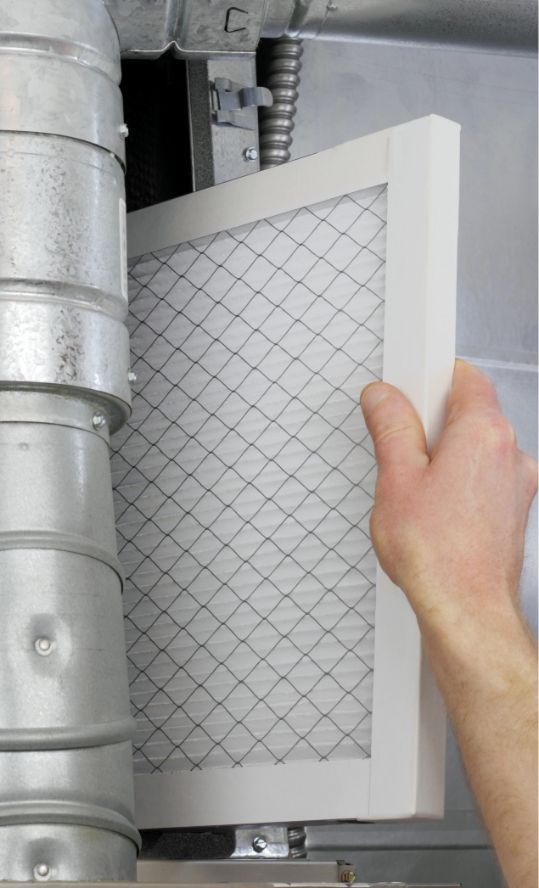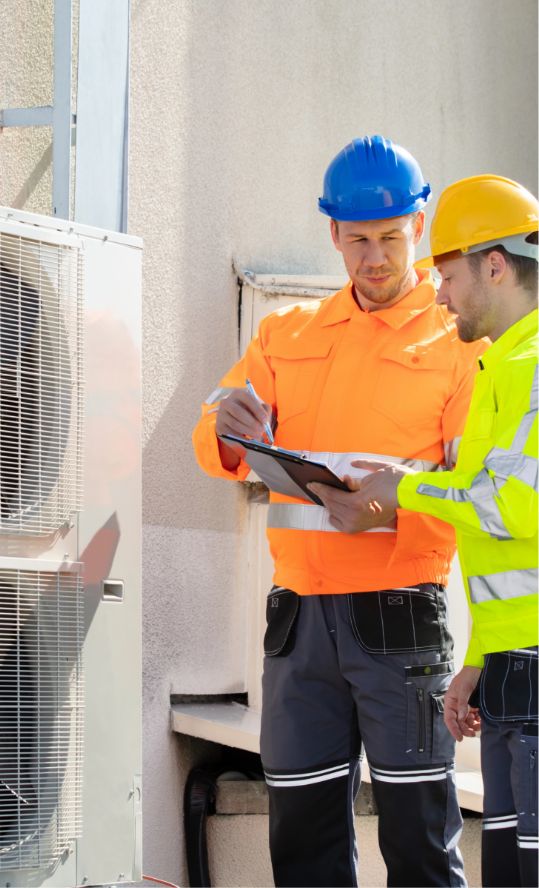
IAQ Monitoring: A Winning Strategy
The lingering COVID-19 pandemic has created a heightened awareness of indoor air quality, and for business owners and facility managers around the world, improving indoor air quality jumped to the top of the priority list.
As one proven strategy for optimizing indoor air quality, air quality monitoring has also seen a surge in popularity. But what does it take to ensure that your monitoring system is the best it can be? And once you have your air quality monitoring system in place, what’s the best way to leverage your data? We’ve gathered four key indoor air quality monitoring tips to answer these questions.
1. Take Good Care of Your Devices
Installing an indoor air quality monitoring system is not a “one and done” situation. Like any precise, scientific device, indoor air quality monitors require some upkeep to ensure that they will continue to provide accurate, reliable readings.
For example, dust can accumulate on the inside of your devices. As the dust builds up over time, optical sensors cannot take accurate readings of your air. Likewise, sensors can drift over time and they will need to be calibrated.
You should ask yourself the following questions: Are the devices calibrated annually? Are the devices in good working order? The service team at BGE can provide guidance and advice on maintaining your IAQ monitors.
2. Collect the Right Data for Your Project
Now it’s time to build on your foundation. Your monitors are in good shape, so how does your data look?
Air quality can vary significantly from space-to-space, even within one building. For example, the carbon dioxide levels in occupied meeting rooms will likely be greater than the levels in a wider office area. If you only measure carbon dioxide in one of these spaces, you won’t be seeing the whole picture. Likewise, each project is different; the parameters you need to measure may be different depending on the use of the space. Missing out on crucial parameters will prevent you from holistically understanding your air, which can hinder efforts to improve air quality.
3. Use Your Data for Building Automation
Indoor air quality monitoring can be enormously beneficial for improving efficiency and reducing energy costs.
Running your HVAC system uses a significant amount of energy. Your IAQ data, when integrated into your building management system can allow your HVAC system to run more efficiently without sacrificing air quality. For example, demand-controlled ventilation, where carbon dioxide readings can serve as an estimate of occupancy, can save energy by varying ventilation rates, reducing outdoor air ventilation when the room is unoccupied.
Air quality data can also inform you about the state of your filters, help you locate sources of indoor air pollution, and optimize occupant comfort.
4. Share Your IAQ Data
Now that your building is running efficiently, another way you can leverage your data is by sharing it with building occupants.
In many cases, building occupants can’t be sure what the air quality conditions of a space are until it causes an issue. Displaying your IAQ data in public spaces or making the data available through an online application or dashboard, can help reassure building occupants that the space is safe and healthy. This is especially relevant during the COVID-19 pandemic, as everyone has a stake in indoor air quality for their own safety and the safety of their loved ones. Indoor air quality monitoring and sharing your data is one crucial avenue for renewing trust.
Your IAQ Solution: BGE is the Exclusive Reseller of Kaiterra’s Commercial Air Quality Monitors
For indoor air quality readings you can rely on, our indoor air quality monitoring solutions by Kaiterra are a perfect fit for your facilities. The devices add convenience at every step, empowering you to:
- Customize your sensing parameters and recalibrate your device easily with our innovative modular design
- Integrate your IAQ data into your building automation system via BACnet, Modbus, local and cloud MQTT, and open API
- Choose how to display your data with the Sensedge’s intuitive touchscreen and the Sensedge Mini’s discreet screenless design
- Leverage the IAQ Monitoring dashboard for powerful air quality insights that guide decision-making within your facility.
It all stars with a conversation with the BGE team. Schedule your Aircheck with our team of advisors to determine the needs for your building.
(This blog post is written by the team at Kaiterra)

Your Partners In Clean Air
Call 780-436-6960 today to speak with a BGE Clean Air Advisor.




